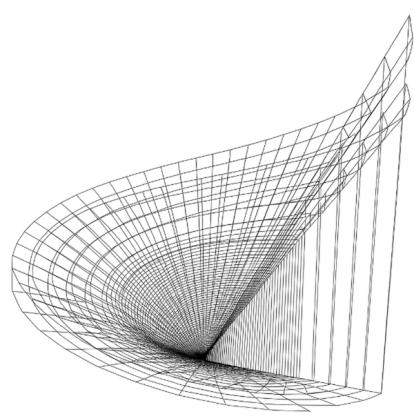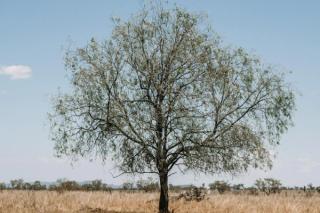
Developing a unitized air quality impact modeling application featuring a helical receptor grid
- Client Name
- Colorado Department of Public Health and Environment
- Location
- Colorado, USA

Challenge
Governmental agencies, like the Colorado Department of Public Health and Environment (CDPHE), face the complex task of managing air quality across a state with dramatically varied terrain and meteorological conditions.
To streamline compliance with National Ambient Air Quality Standards (NAAQS), CDPHE sought a modeling solution/tool that could rapidly estimate pollutant concentrations using consistent inputs without the need for time-intensive refined dispersion modeling. The tool needed to be adaptable to local conditions and capable of identifying potential hotspots where emissions may pose elevated health risks, enabling targeted public health interventions.
Solution
With a deep understanding of CDPHE’s operational and regulatory needs, SLR air quality experts developed the Unitized Impact Modeling Spreadsheet Application (UIMSA), a novel Excel-based tool designed to estimate pollutant concentrations using AERMOD dispersion model outputs.
UIMSA leverages helical polar grids tailored to seven distinct meteorological and terrain regions across Colorado, enabling conservative yet representative concentration estimates for various source configurations. This grid structure allows for consistent modeling across complex terrain, allowing for rapid normalization and scaling to reflect actual emissions based upon unitized emission rates. The tool also integrates NOx processing via AERMOD’s Ambient Ratio Method 2 (ARM2), enhancing its utility for regulatory assessments and hotspot identification.

Impact
UIMSA has had a direct and measurable impact on how Colorado regulators evaluate permit submittals for minor sources by enhancing and optimizing the state’s air quality modeling and permitting process. By integrating AERMOD outputs into a helical grid, UIMSA allows for rapid assessment of pollutant dispersion across Colorado’s diverse microclimates, reducing the need for time-intensive refined modeling for each small operator.
Publicly available, the tool empowers applicants to conduct preliminary analyses independently, streamlining regulatory workflows.
CDPHE has leveraged UIMSA to:
- Improve regulatory efficiency by simplifying how air quality modeling is conducted for permit applications
- Support public health decisions with more accurate forecasts and data analysis, especially in regions prone to elevated pollution levels
- Strengthen environmental justice efforts by identifying areas disproportionately affected by pollution and tailoring mitigation strategies accordingly

